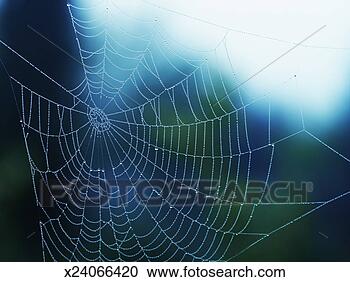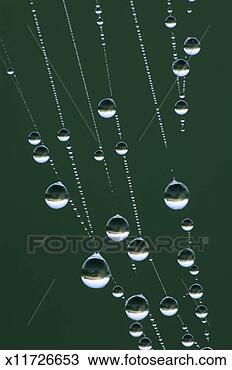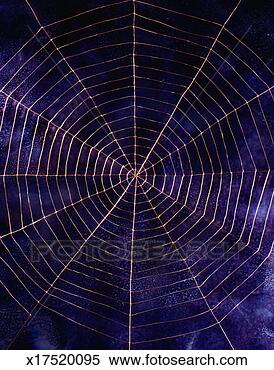What are cyclones?
Cyclones ( or more properly called Tropical Cyclones) are a type of severe spinning(rotating) storm that occurs over the ocean near the tropics.
The word "Cyclone" just means 'turning wind with one eye. It relates to the word "Cyclops" that one eyed creature in an Ancient Greek story.
Tropical Cyclones have a number of characteristics like:
- They must have a wind speed greater than 119km/h
- They start in the tropics.
Did you know...
cyclones are also called hurricanes around the US. Cyclones are called typhoons near the South China sea (from the chinese word meaning 'big wind' )
 | Did you know that cyclones are actually the release of stored solar energy that rotates. The sun heats the ocean up and this creates the condition for a tropical cyclone to develop. Cyclones spin because the Earth is spinning. It's due to something called thecoriolis effect. The direction they spin depends on which hemisphere they are in. In the Southern hemisphere they spin in a clockwise direction and Northern hemisphere they spin in an anti-clockwise direction. |
There are two main parts of the Earth's surface that cyclones affect.
The parts that join the land with the sea such as the coast might suffer erosion. For example sand may be washed away leaving bare rocks.  Coral reefs can often be damaged. Most reefs can cope but if cyclones are too frequent then they don't have time to recover and could die. Coral reefs can often be damaged. Most reefs can cope but if cyclones are too frequent then they don't have time to recover and could die.The wind along the coasts might tear down trees and cause damage to buildings. But sometimes the wind might help to disperse seeds (eg coconuts, and mangrove pods)   Sea - the sea is typically suffers large waves which can cause problems for ships travelling in the area. The extra rainfall can dilute a part of the upper level of the water but this might not be a problem as the sea is being churned up all the time. Sea - the sea is typically suffers large waves which can cause problems for ships travelling in the area. The extra rainfall can dilute a part of the upper level of the water but this might not be a problem as the sea is being churned up all the time. In extreme cases a tornado can form over the sea and suck fish out of the sea and send them flying inland causing 'fish to rain down' In extreme cases a tornado can form over the sea and suck fish out of the sea and send them flying inland causing 'fish to rain down' | The effect on animals on land 
Cyclones can cause flooding further inland many kilometres away from the main storm
|



 Animals that live on the land might be affected such as having their burrows flooded. For example a wombat.
Animals that live on the land might be affected such as having their burrows flooded. For example a wombat.


